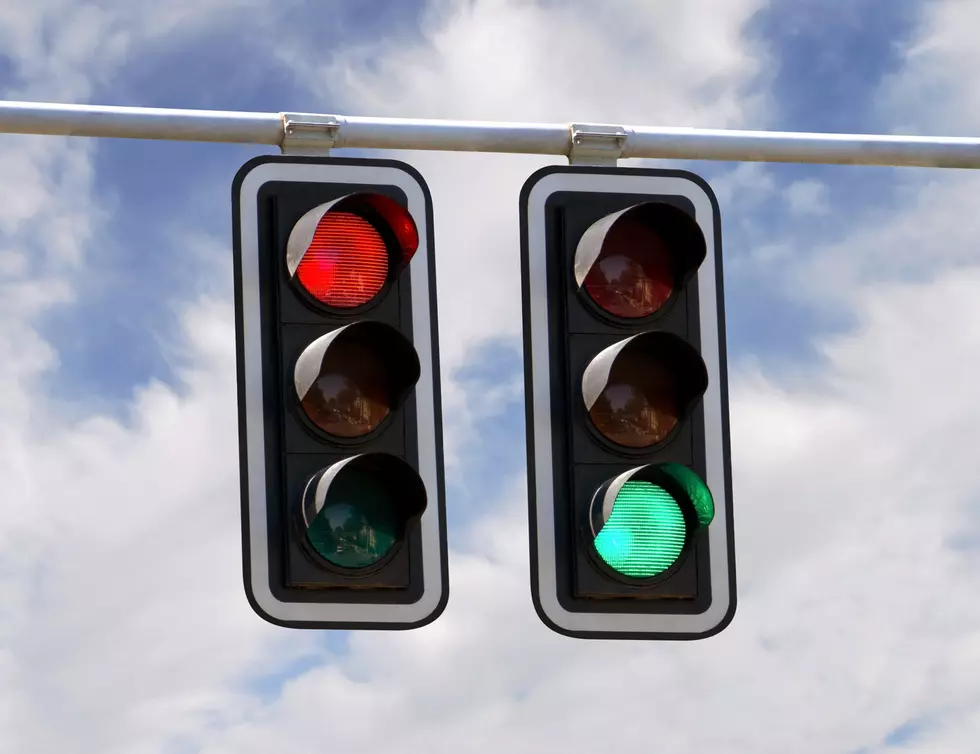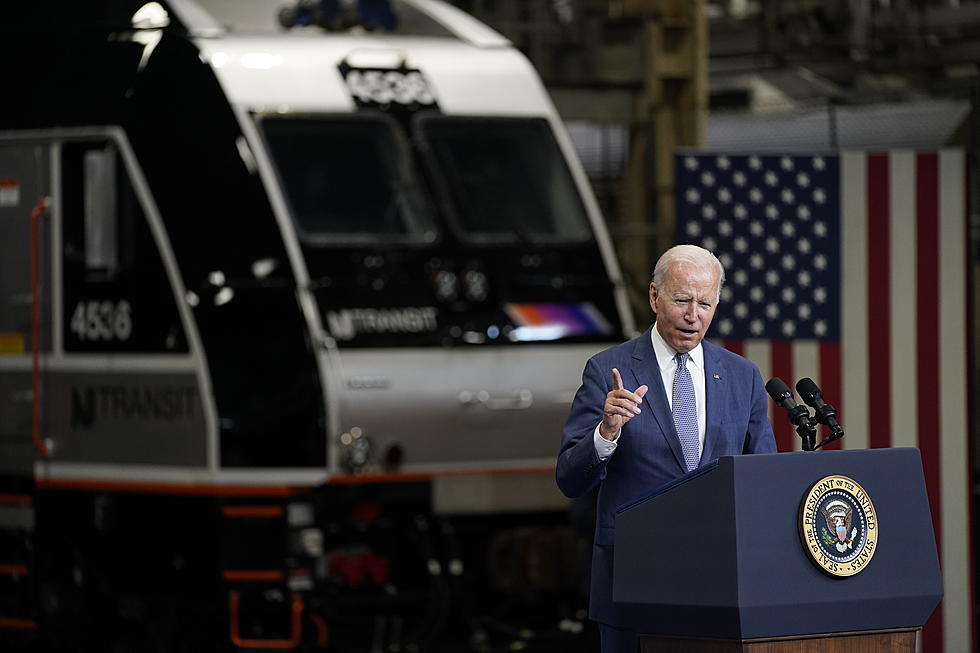![Are NJ Bridges Safe? [AUDIO]](http://townsquare.media/site/385/files/2012/05/bridge.jpg?w=980&q=75)
Are NJ Bridges Safe? [AUDIO]
There are 6,500 bridges located in New Jersey, and many of them were built decades ago. But are they safe?
After last month's bridge collapse in Washington State, some motorists are wondering if the same thing could happen in New Jersey.
"The public can rest assured that we have been making heavy investments in recent years in rehabilitating or replacing our bridges," said Joe Doe, a spokesman with the New Jersey Department of Transportation (DOT).
The DOT takes care of about 2,700 large and small bridges, and 90 percent of them are in acceptable condition - when considering the super-structure, the deck, or the sub-structure.
"We're whittling down the number of structurally deficient bridges. We're below 300 now, and we anticipate with the current investment levels of $787 million we'll be able to continue to knock down that list of structurally deficient bridges to about 160 by the year 2021," said Dee.
He added the term structurally deficient refers to a condition of the bridge: either the super-structure that's above the bridge deck, the driving surface or the sub-structure. In other words it refers to one of those three elements being in poor condition, needing significant repairs or replacement.
Even if a span is listed as structurally deficient, Dee said it does not mean that a bridge is unsafe.
"If a bridge were to become unsafe we would close it. So really, structurally deficient is a tool we use to prioritize investments targeting our funding. It's a huge task but we're actually moving the needle in the right direction."
More From New Jersey 101.5 FM









